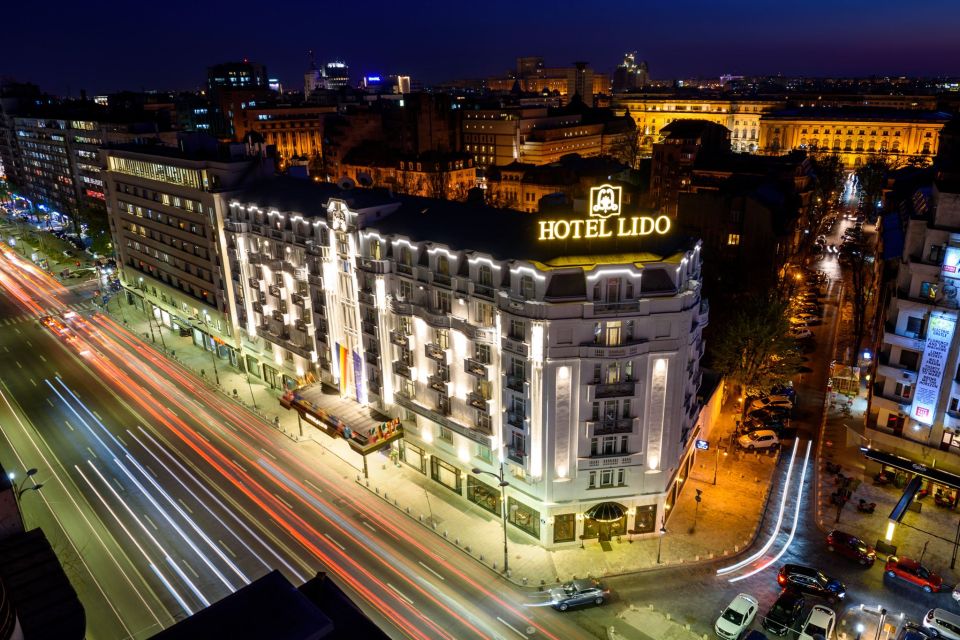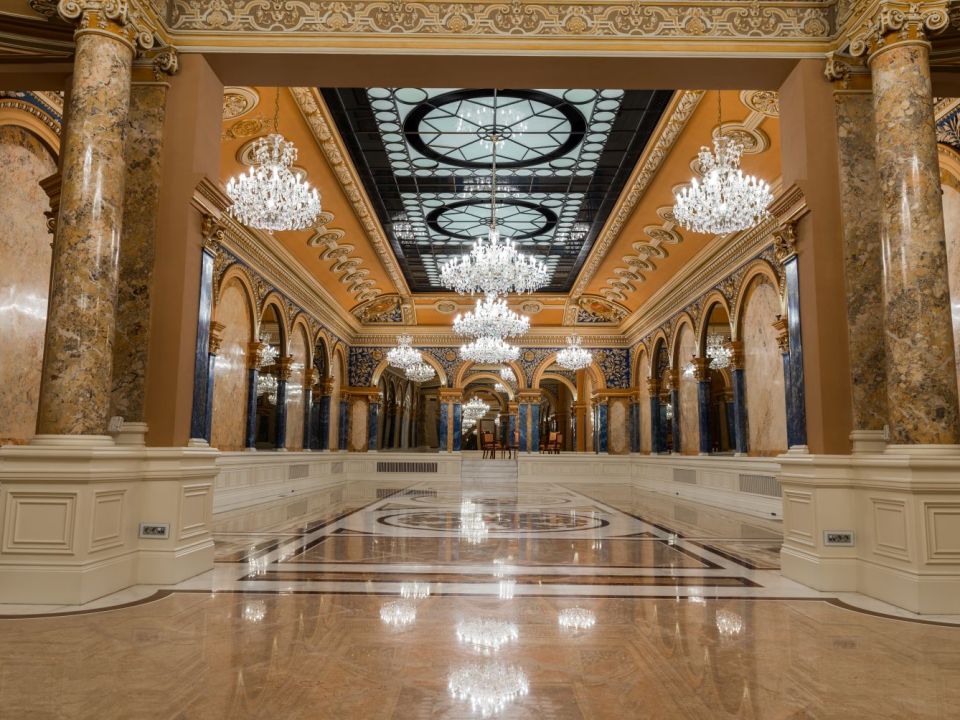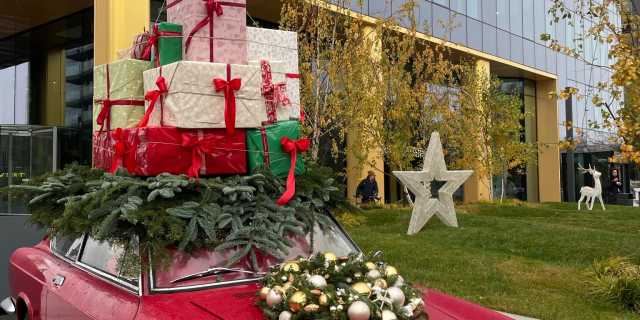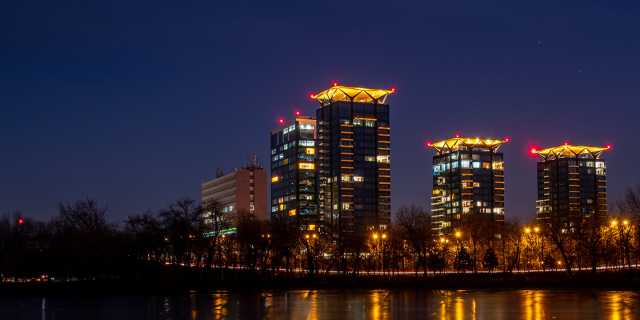A well-known name, especially for the fact that it continues its activity even today, was Capșa, the restaurant where especially the great Romanian writers and poets came to drink their coffee. The hotel bearing the same name where important guests stayed was just as popular at the time. Other famous literary cafes were Corso and Royal. Corso, for example, decorated in the Viennese style, invited its visitors at the tables set in velvet booths and lit by Murano lamps, to serve a cup of schvart, i.e., a strong coffee, drunk at that time by die hard coffee lovers.
Another heavily frequented hotel at the time was the Grand Hôtel du Boulevard. Originally named Hotel Herdan when it opened in 1871, after its owner, the businessman Jacques Herdan, it changed its name to the current one in 1877. The neoclassical-style hotel, designed by the architect Alexandru Orăscu, was the first in the Romanian capital to have running water, and it was equipped, starting in 1904, with an elevator and electric lighting. In the interwar years, a very popular dance club among the people of Bucharest, Pour toi et pour moi, was held here.
Equally sought after was the Lido hotel, inaugurated in 1930, which attracted tourists and locals alike, not only for its imposing architecture and related restaurant, but especially for a true innovation of those times: the first pool with artificial waves in Bucharest.

For Bucharest residents of modest means, who could not afford the luxury of a visit to the Lido swimming pool and who did not have hot water in their homes, there was Baia Grivița, a public bath which opened three years before the end of the 19th century. Its basins and showers were equipped with a modern installation and had electric light. It was the second public bath of the city, after the one previously opened by Eforia Spitalelor Civile.
The “free time” chapter also included, of course, a visit to the cinema. One of the most famous cinemas of interwar Bucharest was Cinema Clasic, inaugurated in the spring of 1912. After a short break during the war, it resumed its activity in 1923, with an event that even the royal family is said to have attended. Later, it will change both its name – Capitol, and its appearance, with the help of the architect Henrieta Delavrancea Gibory, who decorated the building in the Bauhaus style, leaving her mark, especially on the entrance and the foyer.
An evening at the cinema could end with a walk, therefore one of the parks whose alleys have carried the steps of entire generations of visitors was the famous Cișmigiu Park, inaugurated in 1854. Walks were indispensable both in summer when it offered vast flowery gardens and the pleasant view of the lake with swans and pelicans, and in winter, when it was frozen and transformed into an ice rink.

And if you were looking for books, you could find them at the Alcalay bookstore, opened in the 19th century on the ground floor of the Grand Hôtel du Boulevard by an illiterate Jew, who had gained fame especially after taking over the famous Library for All collection, which he edited and spread throughout the country. Although the bookstore was closed during the First World War, in the fall of 1923 it restarted its activity, being taken over by Iancu Şaraga and his business partner, S. Schwartz. Following some modernization works, a marble facade, several entrances, and 14 showcases will be added to it, where the people of Bucharest discovered the most fashionable literary works. In the post-war period, Alcalay was replaced by the Academy Library.
Data for this article was obtained from historia.ro, hotelbulevard.ro, b365.ro, viabucuresti.ro, wikipedia.org, lifeandstyle.ro and feeder.ro. Main photo: wikipedia.
More on our blog
- One Insider
- Real estate: past, present and future
- Layout and style
- Real estate education
- Free time in Bucharest
- Tourist attractions in Bucharest
- The neighborhoods of Bucharest
Read also






